Indoor-Air Quality and Ventilation for Homes in Hot-Humid Climates
Improve indoor-air quality and ventilation in the Southern United States.
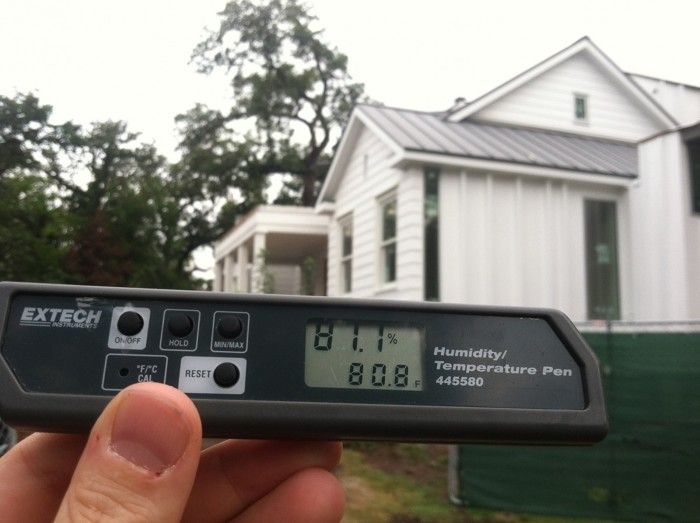
The weather in the Southern United States poses a unique challenge to the issues of ventilation and indoor-air quality. Here’s my opinions and suggestions on how to address these issues if you are building or remodeling in the South.
If you read generally about indoor-air quality and ventilation rates, the theory is that the air inside our homes is “dirty” and needs to be diluted with “clean” air from outside. Does this theory hold true in the hot-humid climate zone of the Southern United States? If so, how do we implement this in a thoughful way? I find the air outdoors to generally be fantastic and “fresh” in January, but I don’t always feel that way in July.
The generally accepted standard in the United States for ventilation is ASHRAE 62.2. This standard says that for every occupant, you need 7.5 CFM of fresh air plus 1CFM per 100 sq. ft. of floor space. For instance, a 3000-sq.-ft. house with a family of four would need (7.5×4) + (3000/100) = 30+30 = 60 CFM, or 60 cu. ft. of fresh air per minute. That’s a lot of ventilation, especially if the air coming into the house is hot and/or humid. This is a pretty broad rule, but is there any better or more specific advice on this topic?
Building-science expert Joe Lstiburek’s advice: “Dilution is not the solution to the indoor pollution.” I saw Joe present at a conference a few months ago, and he did a great visual demonstration to make his point. He took a clear glass and put 1/2 in. of coffee at the bottom. The coffee represents the pollution.
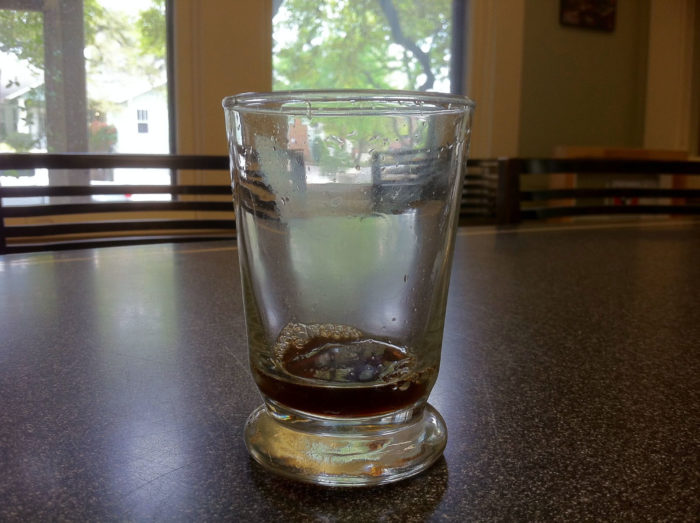
Next, he poured clean water on top till the glass was full. His point is that it takes huge amounts of dilution to make the water pure again.
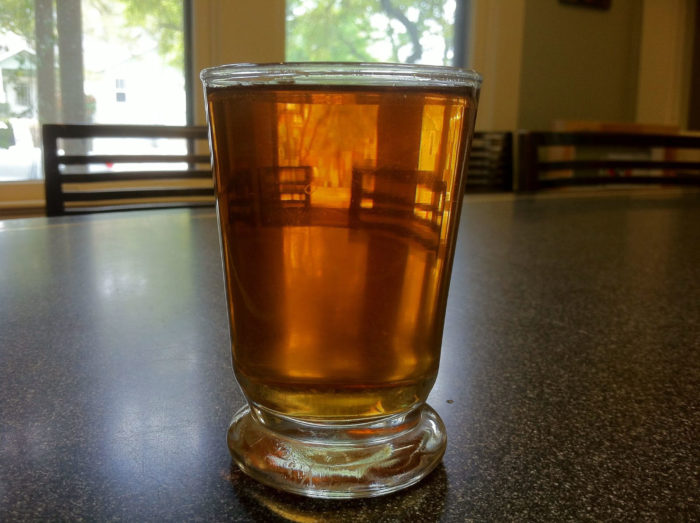
When it comes to specifics about our Texas climate and ventilation rates, there isn’t a great amount of information available. (See this fantastic blog post by Martin Holladay on this topic.) Here are my thoughts on what to do if you’re in Texas:1. Eliminate as many pollutants as possible
- Use all sealed combustion gas equipment. Gas furnaces should all be 90%-plus efficient units that use PVC vents and a sealed combustion chamber (no metal flue should be present). Water heaters should be mounted outside if tankless, or high-efficiency gas (or heat-pump electric) if inside the house.
- This seems obvious, but don’t smoke in your house. Not so obvious is don’t burn candles. Candles are terrible for indoor-air quality (here’s a great article from CNN on candle emissions).
- Pay attention to introduced pollutants. That “new car” smell is bad for you. Same goes for furniture, cabinets, carpet, and paint. Buy cabinets that meet green standards. I much prefer cabinet cases made from plywood vs. particleboard. Ask for plywood that is formaldehyde-free or CARB compliant.
- Be careful about cleaning supplies and the chemicals they bring into your house.
2. Source control
- Choose good exhaust fans for your bathrooms, put them on countdown timers, and run them for 60 minutes every time you shower. I really like the Panasonic exhaust fans coupled with Leviton countdown timers.
- Choose front-loading washers, which don’t emit much soapy and humid air.
- Run your kitchen exhaust fan when cooking with a gas cooktop (nitrogen dioxide is formed from burning natural gas), or use an induction cooktop, which many of my clients prefer anyhow. They don’t heat the house as much as a gas range.
3. Ventilation equipment
- Build tight, and ventilate right. Even if you’ve followed all the steps above, you still need to ventilate. My opinion is that you can cut the ASHRAE 62.2 standard by 50%. We want some fresh air, but not so much as to pay a huge energy penalty with our hot/humid air coming inside. Using 50% of ASHRAE 62.2 on the 3000-sq.-ft. house example above yields a number of 30CFM of fresh air introduced continuously. My opinion is that the houses I’m building should probably be satisfied with this amount of dilution.
Read part 2 on Good – Better – Best methods for Fresh Air Ventilation
Best,
Matt Risinger
Risinger Homes is a custom builder and whole house remodeling contractor that specializes in Architect driven and fine craftsmanship work. We utilize an in-house carpentry staff and the latest building science research to build dramatically more efficient, healthy and durable homes.
Be sure to check out my video blog on YouTube.
Learn More About Indoor Air Pollutants and Their Sources
Register for our online course A Path to Better Indoor Air Quality with Monica Rokicki-Guajardo today! You’ll learn how to approach design, construction, and maintenance in new homes and remodels, and how to consider existing homes, with indoor air quality in mind.
Fine Homebuilding Recommended Products
Fine Homebuilding receives a commission for items purchased through links on this site, including Amazon Associates and other affiliate advertising programs.

All New Kitchen Ideas that Work

Not So Big House

Homebody: A Guide to Creating Spaces You Never Want to Leave
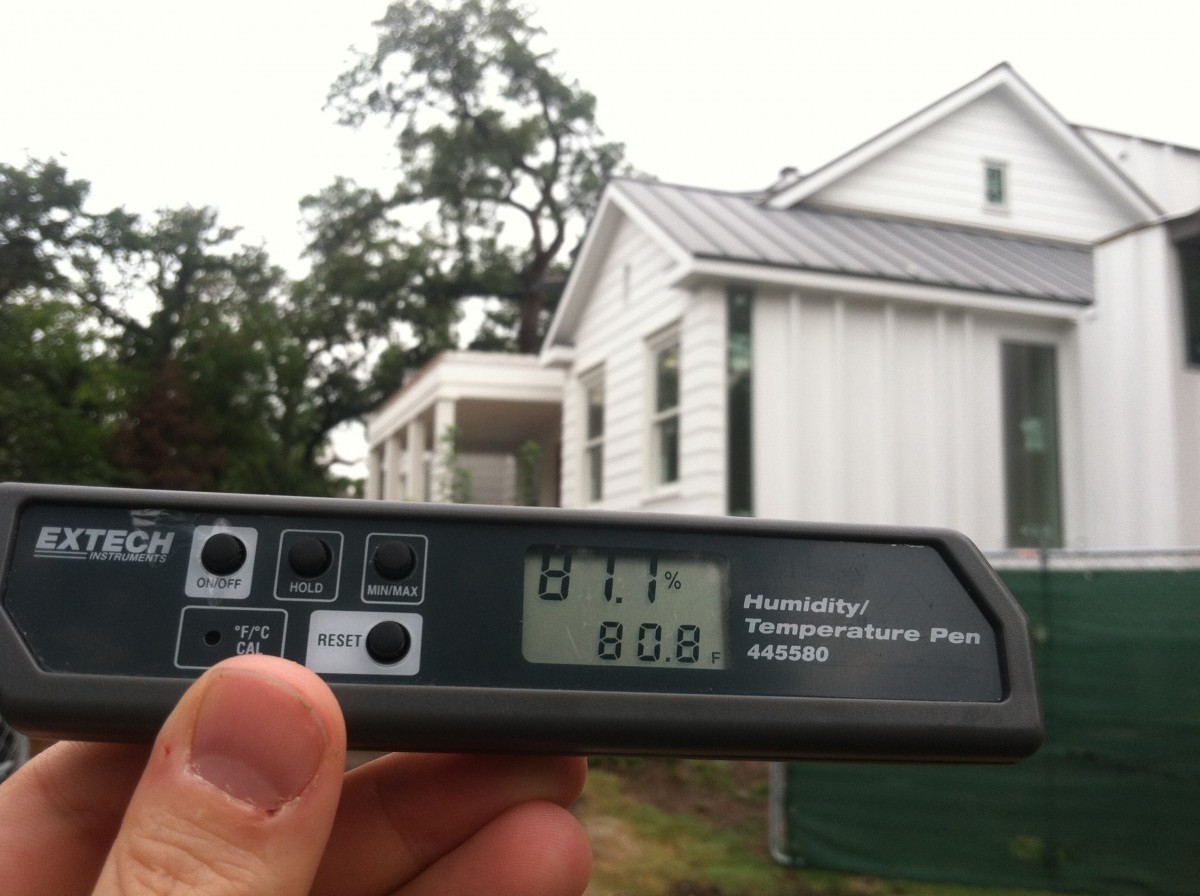
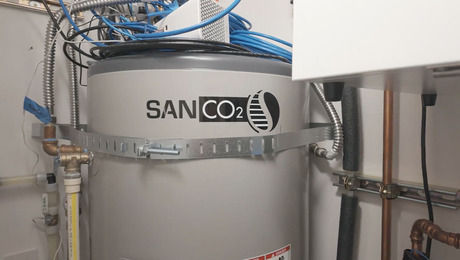
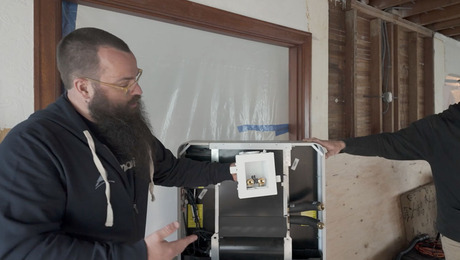
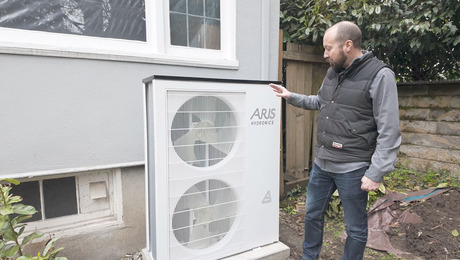
























View Comments
Mr Risinger I have watched a lot of your youtube videos. I am really interested in the way you build your homes. I am having trouble finding people that know about spray foam and conditioned attics and vented roofs. I am stuck with several questions about manual j testing, metal roofs with or without ventilation under the roof and propers hvac sizing and de-humidity unit and bringing in fresh conditioned air. my contractor is not familiar with conditioned attics.
I live in orlando florida. I have a single story 1800 sq ft. block home with a double car garage about 450 sq ft.. My home was built in 1971. I did my house project backwards. I put in a 3 ton trane a/c dual speed heat pump with 18 seer in the house. I have new flex duct installed. I had a company inject core fill 500 in the block walls. I have 1 inch of 2lb closed cell on the under side of the roof with 4 inches of open cell baytec on top of the closed cell which gives me a r-23. My roof is a 5-12 pitch with shingles. The roof will be replaced with a metal galvalume roof . my attic is now conditioned. i sprayed my garage wall going in to the house with 3 inches of closed cell as well as the garage ceiling with 3 inches of closed cell r-7 per inch. My windows are all pgt hurricane low e windows. i have 7 interior windows and 2 garage windows. a 12 foot double pain low e insulated sliding glass windows. 2 steel entry doors in to the home. This is the existing home.
I will be adding a 744 sq foot addition on the backside of the house. My addition will have 10 foot ceilings. i plan on using 1 inch closed cell spray foam to the underside of the roof with 4 inches of open cell. I will have a new metal roof galvalume 5 v put over the old and new parts of the house. I will use the WIP 300 high heat over the whole roof.
My questions are: Do I need to ventilate my metal roof when i have a conditioned attic or can i just lay down the wip 300 high heat over the whole deck of the roof, then place the galvalume metal roof on top of the WIP. I saw that y'all put 2 inches of polystyrene on the deck then the WIP 300 then the metal roof. That is very costly. Without blowing my whole budget on foam what is the most practical method that is safe and wont damage my roof?
I have a humidity problem in my home now. I have a commercial dehumidifier in the home right know to aid with the moisture problem until i can find a solution. I have no dehumidifier in the attic like i saw in your video. I have no fresh air coming into the home.
I did not have load calculations done on the home. I know this is a stretch but I am stuck for solutions. If you could provide some advice It would be very much appreciated.
Thank you Paul
Wow, nine years later and it looks like no one ever replied. Well, your moisture problem in the house is due to the block walls. They may be termite proof but when it rains they leak. In fact all exterior wall cladding leaks. In the old days of lots of outside ventilation that wasn't a problem but today that creates all kinds of interior environmental problems. You need to make the perfect wall. Putting insulation inside the open spaces in the block is a waste of money. The majority of the block is not an open cavity and when you include all of the block in a home most of the walls are continuous with the exterior. So if it is hot outside by midnight much of the heat is now on the inside even if the cores are insulated.
The other problem with block is that when it get wet on the outside that moisture moves into the block and soon becomes water vapor on the interior. If yo put an impervious layer on the inside you will soon have mold growing.
So you create the perfect wall. The prefect wall with block has no core insulation. It is hollow and it is created as below. The brick or stone veneer can be any cladding but realize that it doesn’t need to be water tight. (This picture can be made larger).
Notice the air space- drainage gap between the ouside layer and the blue insulation layer. That is there regardless of the exterior finish. See where is shows the concrete block? Remember the interior walls in the block? Those parts of the block connect the outside to the inside and the heat or cold simply flows around the insulation in the block. So it did nothing to reduce energy flow. If you were promised something, it was bogus.
So when you are promised and R-30 with open cell foam realize that a 3 ½ inch stud wall is filled with foam with an R-value of 5 per inch. This is only 17.5 in the space between the studs. It is actually less of the entire was because the studs have an R-value of about 3 or 4. So the studs decrease the R-value of the entire wall.
Rather than go through the entire article try this. Do a search online for “BSI-001 The Perfect Wall” .
All the money you spent on the foams you could have done the same thing by burning it in a barrel in your back yard. The open cell foam shrinks over time. The closed cell foam will seal the roof sheathing to the rafters, but the rafters are still allowing heat to leave the attic in the winter and heat to come in during the summer. To reduce that you apply insulation to the edges of the rafters and or to the rood sheathing before covering it with the roofing material. Look at the Perfect Wall and imagine it is your roof. I am doing the same to my house in Houston, My conditioned attic will have foam board on the rafter edges with the aluminum faces to the roof and to the interior. I have also sealed the ceiling prevent moisture from getting into the attic from the living space.
Being a painting contractor, we run into a lot of homes and rentals with pet and tobacco smoke
problems. Painting the inside walls will not remove the odors as they are impregnated in the carpet, carpet pads, upholstery and drapes making the home harder to sell or rent, looks good
smells bad. Air-ReNu a paint additive, turns any newly painted wall surface, into a permanent air, purification system no electricity or filters required. Something to consider if you have an
odour problem, their web site.
http://www.air-renu.com
ta7f http://bergander.de/obj/bergchanel223.html Chanel キルティング長財布 http://www.atlatus.de/joomla/pradaoutletsale466.html 4trpfml s23 http://drachen-kaufen.de/c3/fenchanel144.html Chanel 長財布 ラウンドファスナー http://www.b-habermann.de/pic/Spade-Online-105.html Prada 長財布 芸能人 http://www.miriam-bonner-kunst.de/upload/seikotype140.html cpo http://keits.de/theme/keitchanel39.html Kate Spade 財布 アウトレット